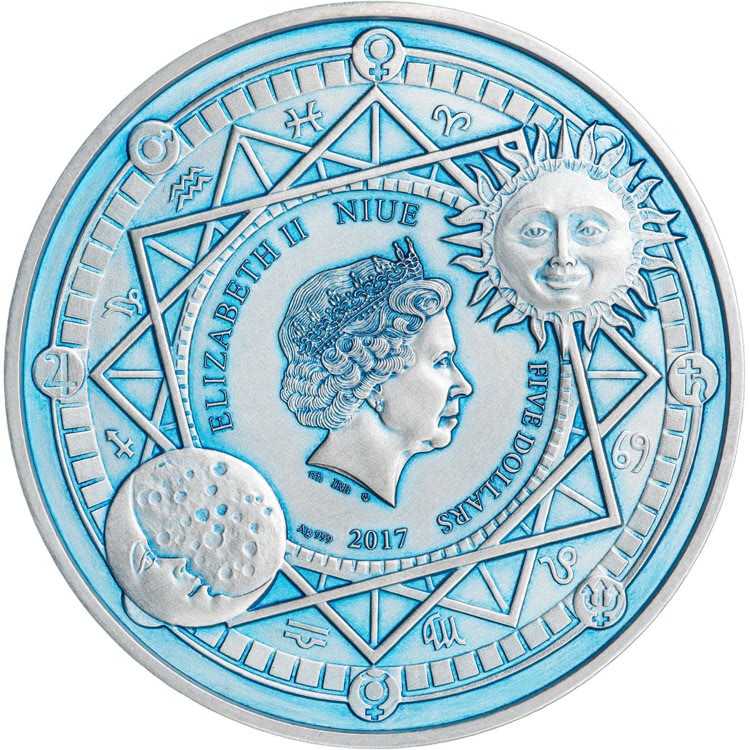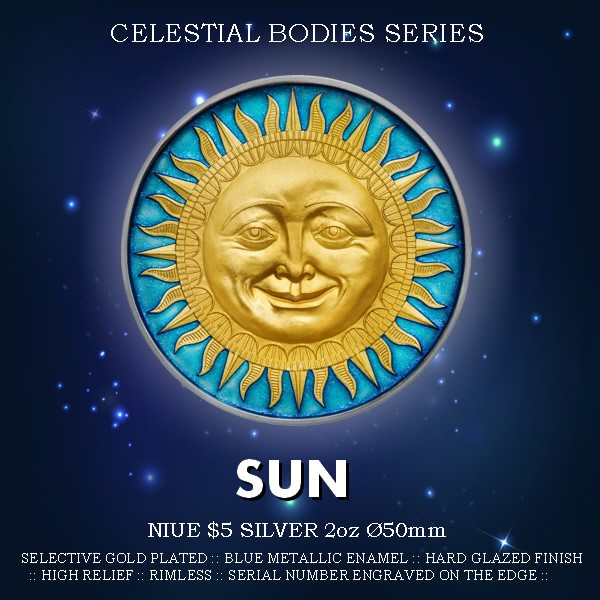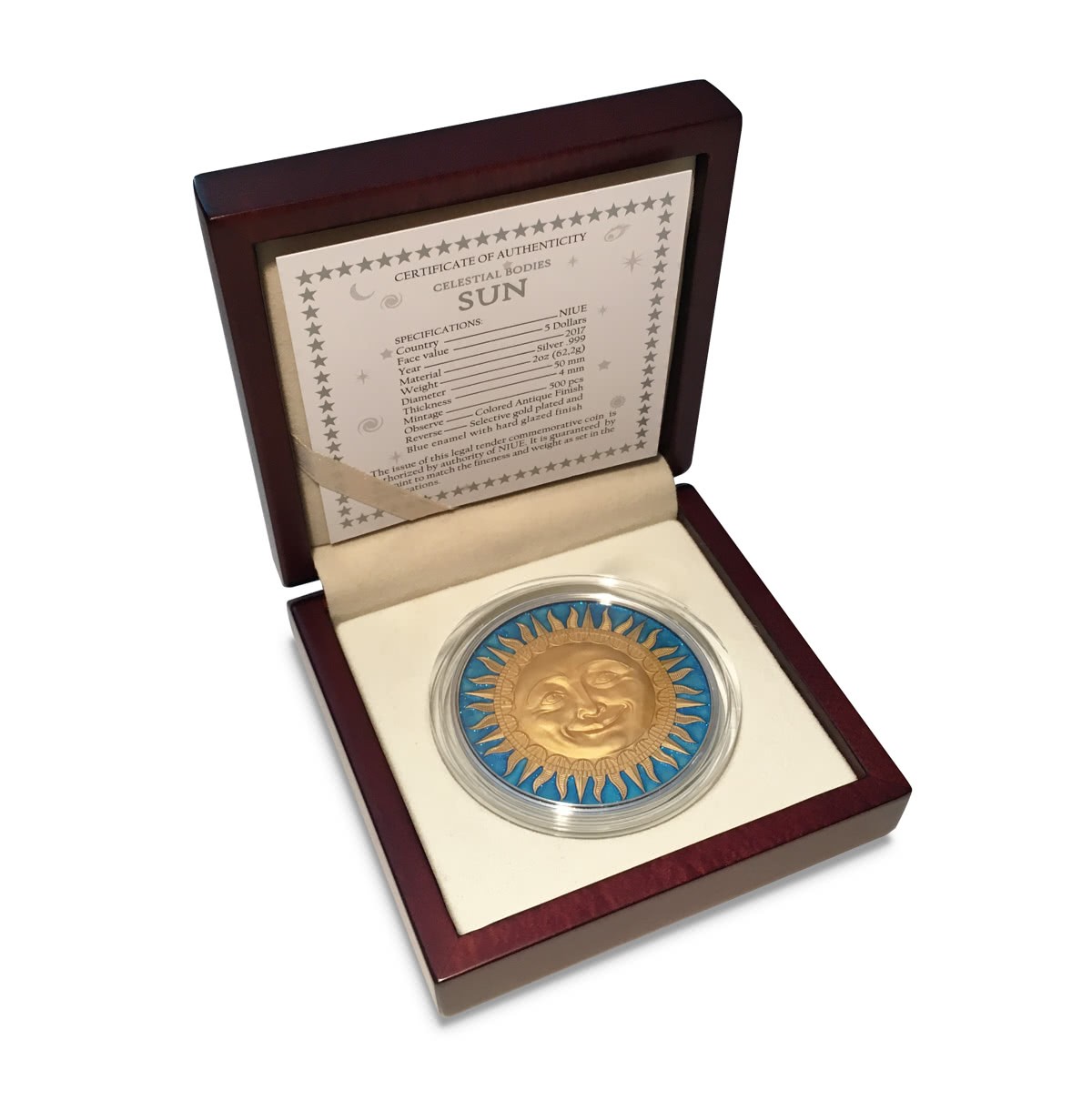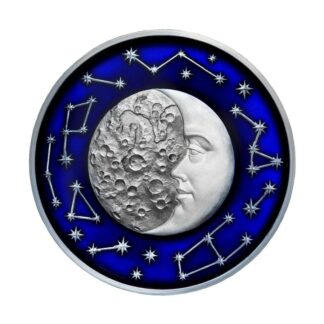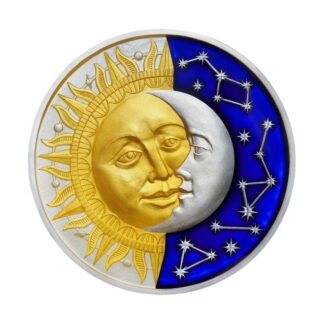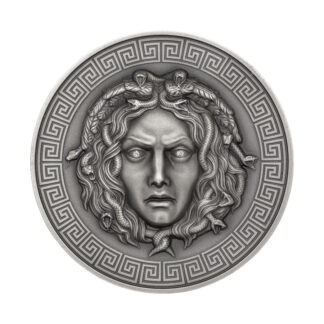Description
The Sun is the star at the center of the Solar System. It is a nearly perfect sphere of hot plasma, with internal convective motion that generates a magnetic field via a dynamo process. It is by far the most important source of energy for life on Earth. Its diameter is about 109 times that of Earth, and its mass is about 330,000 times that of Earth, accounting for about 99.86% of the total mass of the Solar System. About three quarters of the Sun’s mass consists of hydrogen (~73%); the rest is mostly helium (~25%), with much smaller quantities of heavier elements, including oxygen, carbon, neon, and iron.
In Greek mythology, the Sun was represented by the Titans Hyperion and Helios (Roman Sol, and later by Apollo, the god of light). The Sun is the star at the center of our solar system, around which the Earth and other planets revolve and provides us with heat and light. The arc that the Sun travels in every year, rising and setting in a slightly different place each day, is therefore in reality a reflection of the Earth’s own orbit around the Sun. This arc is larger the farther north or south from the equator latitude, giving a more extreme difference between day and night and between seasons during the year. The Sun travels through the twelve signs of the zodiac on its annual journey, spending about a month in each. The Sun’s position on a person’s birthday therefore determines what is usually called his or her “sun” sign. However, the sun sign allotment varies between Western (sign change around 22-23 of every month) and Hindu astrology (sign change around 14-15 of every month) due the different systems of planetary calculations, following the tropical and sidereal definitions respectively.
The Sun (Sun symbol.svg) is the ruling planet of Leo and is exalted in Aries. Astrologically speaking, the Sun is usually thought to represent the conscious ego, the self and its expression, personal power, pride and authority, leadership qualities and the principles of creativity, spontaneity, health and vitality, the sum of which is named the “life force”. One of the first recorded references to Sun worship is from the Mesopotamian Religion and described in the Epic of Gilgamesh. The 1st-century poet Marcus Manilius in his epic, 8000-verse poem, Astronomica, described the Sun, or Sol, as benign and favorable. In medicine, the Sun is associated with the heart, circulatory system,[19] and the thymus. In Ayurveda, it rules over life-force (praan-shakti), governs bile temperament (pitta), stomach, bones and eyes. In modern astrology, the Sun is the primary native ruler of the fifth house.
The Sun is associated with Sunday. Dante Alighieri associated the Sun with the liberal art of music. In Chinese astrology, the Sun represents Yang, the active, assertive masculine life principle.
The enormous effect of the Sun on Earth has been recognized since prehistoric times, and the Sun has been regarded by some cultures as a deity. The synodic rotation of Earth and its orbit around the Sun are the basis of the solar calendar, which is the predominant calendar in use today.


